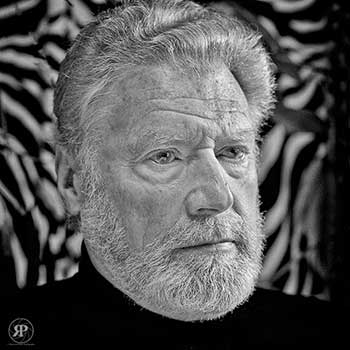
Mamiyaflex C2
Before I begin, or return to, the back stories of my Eighties Vancouver photographs, I thought it might be interesting to look, if only briefly, at the primary camera used to make those images: a Mamiyaflex C (or possibly C2) medium format machine, made in Japan between 1956 -1961. Later models included the Mamiya C3, C33, C220, C22, C220, C330, etc. Here’s a camera Wiki with more info.
The main difference between C and C2 models was the introduction of a focus winder on both sides of the camera — though some C models were issued with left-hand winder. As predominantly left-handed this would not have affected me, because I focus with my right hand … as well as use scissors, a saw and throw a ball.
The Mamiyaflex C-series cameras (using 120 film with a 6×6 crop) provided a budget introduction to medium format photography for photographers unwilling or unable to drop thousands of dollars to buy into a Hasselblad system.
Other reasonable alternatives, included various Rolleiflex 6×6 models (late ‘40s through ‘50s) the Ashai Pentax 6×7 (1969-1988), Kowa, Yashika, and many other antique cameras, like the Graflex and Zeiss Ikon fixed lens rangefinder, one of which I still own. Here’s a nice roundup of vintage medium format cameras.
.jpg)
Brian Hay focusses his Mamiya C220(?) on the old Cambie Bridge
Still, penny-for-pound, the Mamiya cameras provided a solidly-built body and decent selection of interchangeable lenses at a bargain price.

Michael Bullock, 1985
I can’t remember what I paid (in the spring of 1983 ) for the immaculately-maintained camera, c/w standard Mamiya-Sekor 80mm 2.8 lens; I’m guessing around $200. I have retained the bill for the Mamiya-Sekor 135 2.8, added later, at $150. Though you can find online criticisms for its lack of contrast, I made some decent portraits with the lens, like the one of poet Michael Bullock (right).
Mamiya devised an interesting mechanism to allow lens changes with film loaded, consisting of a metal flap controlled by a lever on the camera that would seal the lens mount. The flap was covered in felt and, depending on electrostatic conditions, had the habit of throwing tiny fibres onto the film, resulting in black marks when developed (because the fibres would block light and exposure). With the advent of digital restoration, I can finally deal with these flaws without scratching emulsion off prints!
Sadly, my beloved Mamiyaflex was stolen from a busy flop house I lived in when I first moved to Toronto, in 1987.
The Mamiya line of vintage cameras still turn up in camera stores and on Internet auction sites. People are still making nice photos with them.
Two of my closest friends and fellow photographers — Gerry Duncan and Brian Hay — also owned Mamiyas (C330 and C220 respectively, if memory serves). They were reliable old beasts, those cameras.
.jpg)
Gerry Duncan, on the street in Vancouver with his Mamiya C330(?)















Susan - wow you can see every hair on his face, amazing detail. Sad someone stole your gearDecember 24, 2019 – 9:12 am